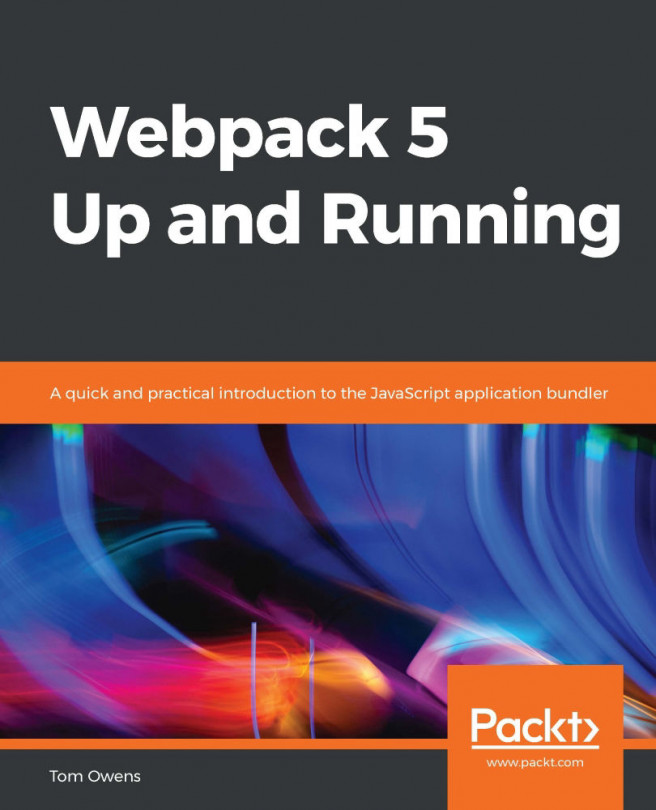The PRPL pattern
In the last chapter, we introduced some basic principles for performative apps. You want your user to spend as little time as possible waiting, which means loading the essentials as fast as possible and deferring loading the rest of the application to "idle" time for the processor.
These two concepts form the 'I' and 'L' of the RAIL metric. We took a step toward improving the 'L' with the concept of the app shell. Now, we will move some of our 'L' (the initial load) into the 'I' (the idle time of our application) but, before we do that, let's introduce another acronym.
PRPL stands for Push, Render, Pre-cache, Lazy-load; it's a step-by-step process for how an ideal application should get the content it needs from the server.
Before we dive in, however, I would like to caution the reader that the PRPL pattern is relatively new at the time of writing and may evolve quickly as Progressive Web Apps move into the mainstream. Like many of the concepts we've discussed in this book...




































































